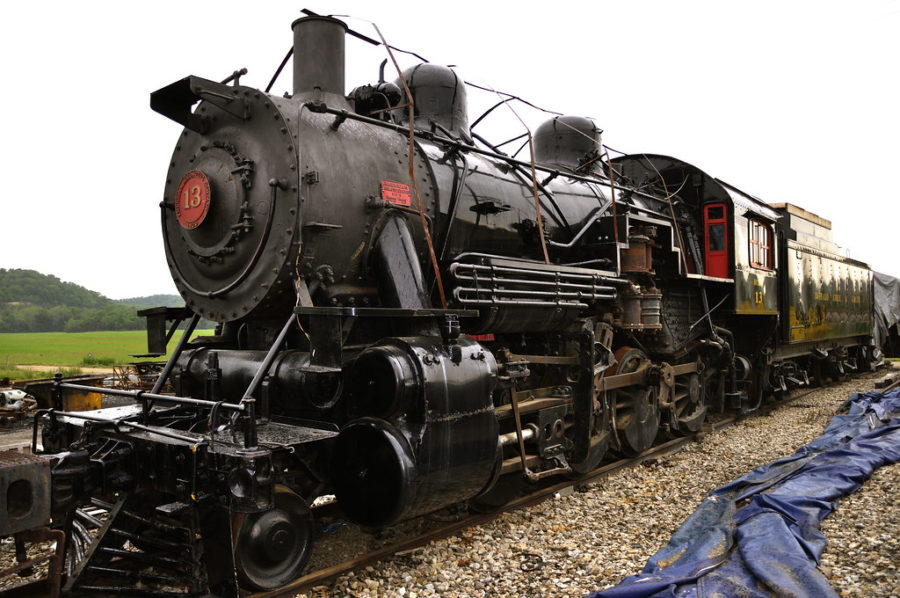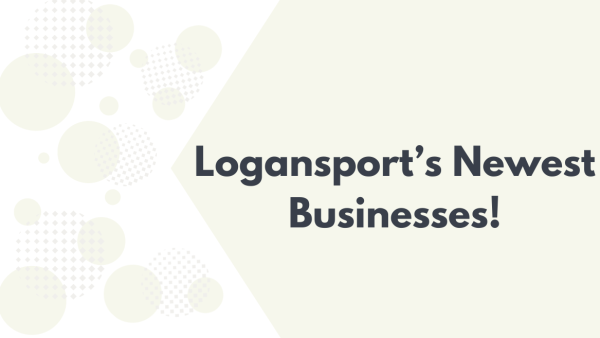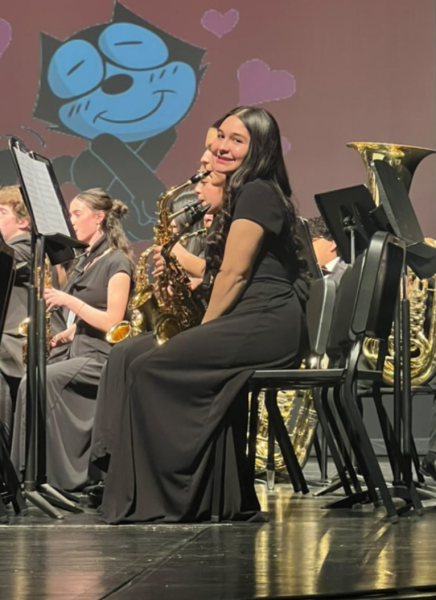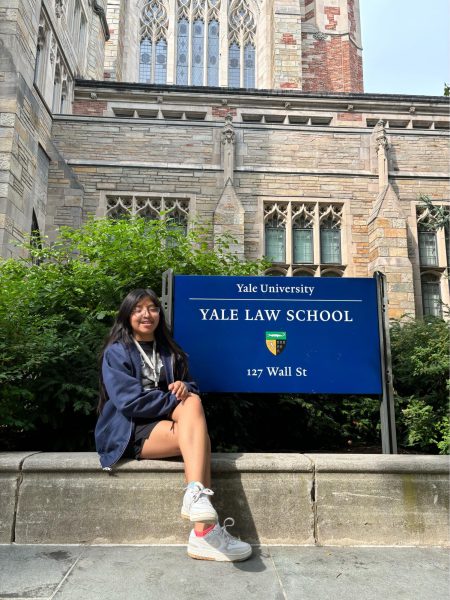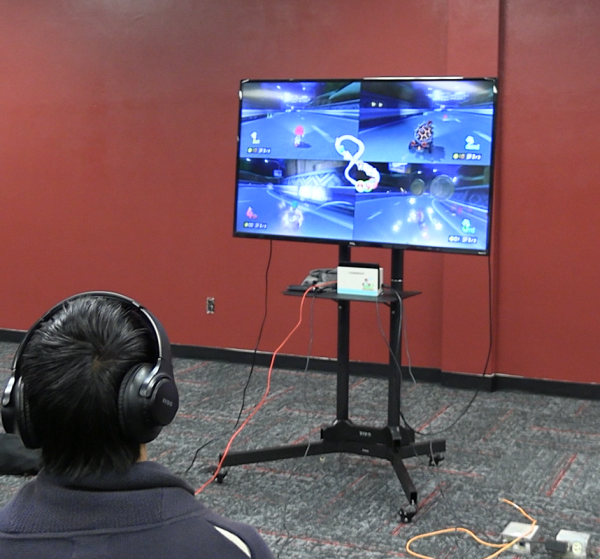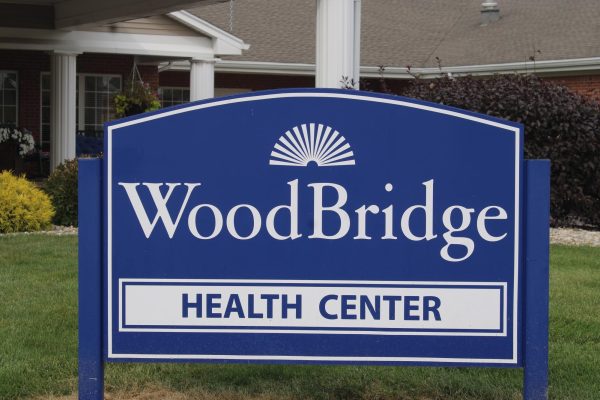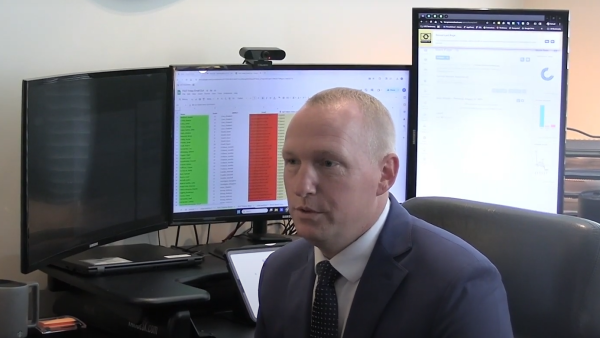The Past Involving the Iron Horse
Iron Horse / Kevin Burkett / Flickr / CC BY-SA 2.0
The iron horse stands tall with its vintage carts trailing behind. Currently, the train resides in Ohio where train enthusiasts can visit to get a tour of the inside.
On July 26, 1981, the first Iron Horse Festival kicked off downtown, and Logansport once more transformed into a railroad city. There were roughly 25,000 people attending the festival, which drew enthusiasts from all over the states. During the 12 paid trips to the nearby France Park, almost 7,000 people boarded the train.
“The Iron Horse Festival was a very large festival when we had the steam train and the steam train rides,” veteran Joe Buck said. “It was very successful with a large amount of people and lots of vendors and activities. It was a great experience.”
Buck remembered his time riding the train.
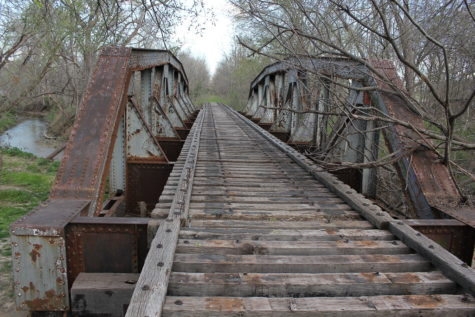
“It was a look back in history because of the age of the iron horse and the train itself had vintage cars,” Buck said. “It was not air-conditioned, and the festival was in the summer. So, it was an experience like people had 100 years ago.”
Retired teacher Steve Gwin rode the train several times throughout the duration of the festival.
“I loved riding the iron horse train. It was beautiful. I helped with a fundraiser to get the money to pay for it. It was loud and fun to ride,” Gwin said. “We could ride it from the downtown area out to France Park where they would have Native American settlement re-enactments and things for the kids to watch.”
The festival was a hit with people all over and it made the small city of Logansport lively and full of enthusiasm. There were many toys and vendors to be found at the festival. All the handmade train whistles and t-shirts sold out almost immediately.
“I went to the festival every year. Everyone in town looked forward to it,” Gwin said. “The parade was huge and fun and the festival had booths and games and lots of food. We never missed it.”
Gwin talked about how many community organizations got involved in the festival.
“Our church had a special booth there. We had two electric ovens donated, and we asked our congregation to donate homemade cookie dough,” Gwin said. “We had shifts of people there all day and all night from Friday to Sunday baking cookies on the spot. We sold them for $1.25/dozen, and people went crazy for them. The last year we had the booth, we sold over 1,000 dozen cookies over the weekend. It was so much fun for all of us at Church to get together and be part of the festival.”
The magic of the Iron Horse all started when people from throughout the state of Indiana sought out better modes of transportation. Some people wanted better waterways and canals. Some people wished to build roads. One party also demanded the construction of a railroad.
Long after Logansport became a railroad city, the community started a fundraising campaign to buy the iron horse. With donations from many people in the community, Logansport successfully bought the iron horse.
“I think everybody donated to the fund to purchase it,” Buck said.
Despite the train’s popularity, it was sold in 1993, and it emotionally affected the people of Logansport. Ohio Central purchased it, and it was moved that same year. It was subsequently changed back to #13. The train currently resides in front of a store in Ohio, and it hasn’t operated since 2003.
The city sold it because of its expensive upkeep, although many argued that the train made more than enough money each year at the Iron Horse Festival. It was a community decision to get the train, so people believed it should have been a community decision to sell it.
“Disappointed. I thought we had a good thing going, but for some reason, they decided not to pursue the ownership of the iron horse or the festival,” Buck said.
However, Gwin has a different perspective.
“It was sad to see the festival die and the sale of the train. However, the expense was so great, and the interest in the festival really faded,” Gwin said. “It cost the city tens of thousands of dollars in insurance just to run the train for the weekend, and like with all good things, the festival had a life cycle.”
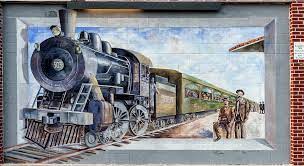
After the loss of the train, the event was renamed the Iron Horse Heritage Festival and carried on without a steam train for a further ten years. The last festival was in the year 2003.
Buck’s experience after the train left the festival differed greatly.
“Attendance was a lot lower because we did not have the key equipment, the iron horse, and the train wasn’t there to bring the crowd,” Buck said.
After the train was sold and the festival ended, there hasn’t been another attraction as popular since the festival.
“Selling the train was a hard decision, but looking back, I think it was probably the right thing to do,” Gwin said. “Railroad work isn’t as prevalent now, so the interest isn’t there. The era of festivals, in general, was waning, and it was time for something new,” Gwin said.
Your donation will support the student journalists of Logansport High School. Your contribution will allow us to purchase equipment and cover our annual website hosting costs.

Freshman Maddison Sell (all pronouns) is a reporter and a member of the class of 2026. She joined Magpie their freshman year (2022-23). One of his favorite...

